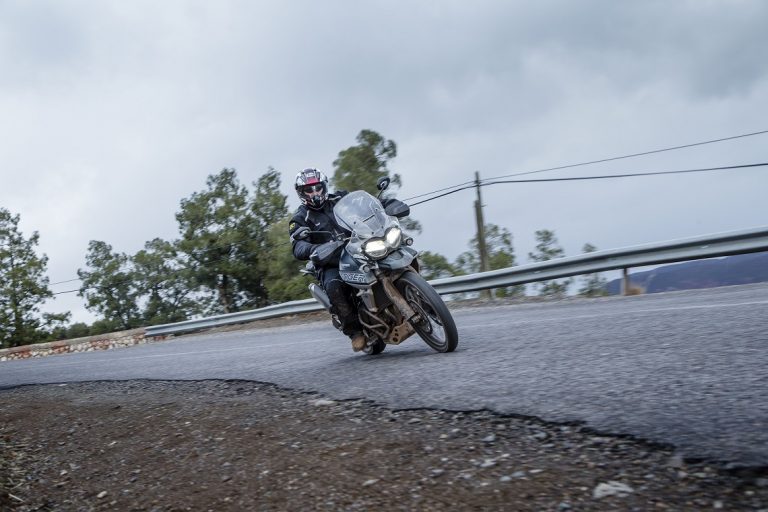Improving your situational awareness is one of the best ways to increase your safety when riding. Here, Misti Hurst tells us how to do that
Situational awareness is what’s going to help you see the car cutting across your lane before it happens, or the pothole in the middle of the road ahead. It’ll also help you react properly when a deer jumps in front of you or a pipe falls off the truck you are following.
Having good situational awareness means that you are ready for what might come your way and, as most of us know, how we react to certain situations while riding a motorcycle can really mean the difference between life and death.
I find though, that most people take a very lackadaisical approach in regard to improving or bettering situational awareness. Many seem to think that it will just come with experience and seat time, and that you don’t have to actually do anything in order for it to improve.
How can you work on situational awareness?
While I agree that seat time and experience help, I tend to lean towards taking a more proactive approach to improvement. Riding tech and riding skills are connected in that each one tends to have an influence on the other.
For example, if you have good body position then you can be more relaxed on the bike, if you are more relaxed then you can turn it quicker and brake more effectively, if you can turn it quicker, then your lines will be better etc.
However, the one thing that you can usually trace a riding error back to is some inefficiency in the rider’s overall visual skills. Basically, you are only as good as your eyes allow you to be.
If you are struggling with braking, it might be because you are looking too close to the ground, if you are chicken with the throttle, you might not be looking far enough ahead, if you run wide in a corner, it may be because you were target fixated on the outside edge.
With that being said, I think that the hardest riding skill to master is our visual skills, and our visual skills dictate how good our situational awareness is. Situational awareness while riding stems from how well you are able to see and perceive what is going on around you.

A rider that is target fixated on the car in front does not have good situational awareness. Hearing can play a role in your overall situational awareness while riding or driving, as can what some call your ‘sixth sense’.
You might hear a police car behind you or the screech of tyres nearby, you might have a feeling that something is wrong up ahead, but the most important sense while riding is our sight and how well we process and use that visual information.
Which brings us to the question about whether or not situational awareness is teachable or not. I believe it absolutely is.
Several of our seminars at the California Superbike School are based on visual skills, like reference points, looking into the corner early, looking through the corner, looking to the vanishing point, and widening your field of vision.
These are key skills that are needed if you are going to improve your overall awareness while riding and they are easy to practise over and over again in order to facilitate improvement. As a riding coach, I’ve had great success in seeing students succeed in this area.
Next time you are out riding, take a moment to try to improve one area of your visuals and see how it affects your overall riding awareness.
Challenge yourself to see more of the road beside you and ahead of you. Challenge yourself to look farther through the corner and prevent your eyes from closing in and target fixating on something.
Find an escape route and always ride with one in mind. Notice what the cars are doing around you and look for clues about what they might do next. Be specific when you practice and really train your eyes to see differently, it can be done.
To simply say “I’m going to improve my situational awareness,” is not the same as breaking it down into specific and measurable skills that you can work on. Ride safe.

